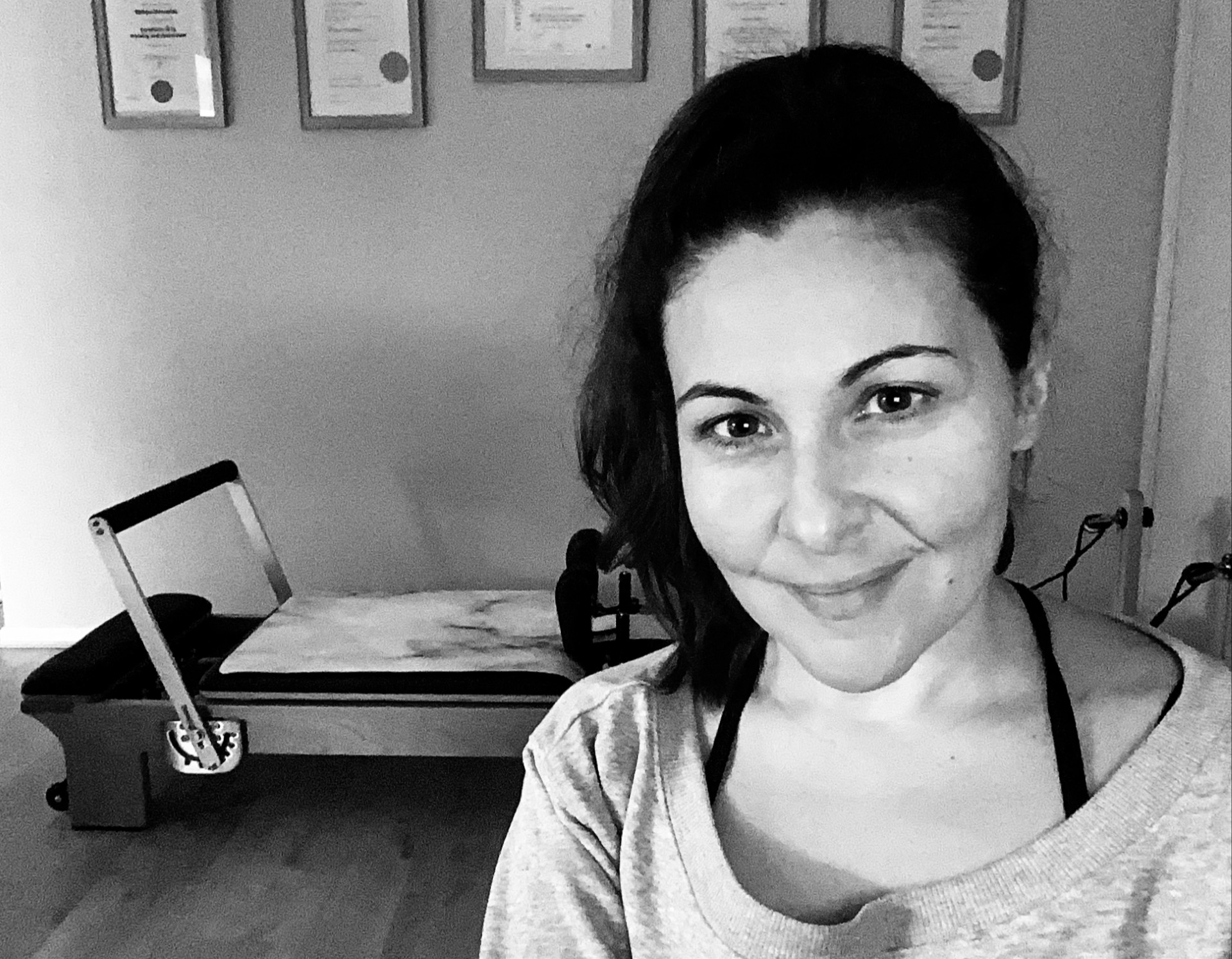
“Change happens through movement and movement heals” Joseph Pilates
Is there a role for Pilates in improving pregnancy quality of life and preventing birth trauma?
Every Pilates instructor would know that Joseph Pilates was a great advocate for inspiring change in one’s lifestyle to improve one’s quality of life. He passionately affirmed that change happens through movement and that movement is important for healing.
The childbearing year, is one of the most profound events of change to a woman’s physical, mental and spiritual dimensions of self. Although pregnancy is a normal physiological event, the pregnant woman may confront and navigate discomforts of pregnancy and health conditions. Fortunately, exercise during pregnancy may attenuate discomforts of pregnancy and may prevent the risk of developing co-morbidities. For instance, prenatal exercise may reduce the risk of or moderate the following health conditions: musculoskeletal discomfort (lumbo-pelvic pain, pelvic girdle pain) (Davenport et al, 2017), metabolic comorbidities (gestational diabetes (Di Mascio et al., 2016), excessive weight gain (Zaman, 2023), hypertensive disorders (Magro-Malosso et al 2017) and disorders related to continence (Bakarat & Perales, 2016). Women during the childbearing year may be vulnerable to mental health conditions including depressive and anxiety symptoms, body dysmorphia and pregnancy-related fatigue. The literature has provided support that participation in moderate levels of exercise may attenuate these conditions (Liu et al., 2020; Sanchez-Polan et al, 2021). This may be important given that co-morbidities may reduce a woman’s quality of life, increase her likelihood for a complicated pregnancy or childbirth, or increase the likelihood of required or prescribed medical intervention – Factors that may impact on her satisfaction and experience of pregnancy and childbirth.
Birth trauma is complex and determined by the woman’s own individual experience. It has been reported that one in three women experience birth trauma (Ayers et al., 2023. The cause(s) may be (and not limited to); experiencing a perceived lack of control during childbirth, feeling unsupported or not listened to, experiencing medical intervention without consent, or experiencing unexpected emergencies or complications. The recently published NSW Birth Trauma Inquiry report (2024) identified the importance of physiotherapy, physical health care and tailored exercises in preventing and addressing birth trauma. This inquiry highlighted the need for better prenatal preparation incorporating tailored exercises and pelvic floor physiotherapy. NSW Health identified the benefits of how antenatal preparation may increase woman’s coping strategies, improve psychological preparation, reduce anxiety and improve a woman’s self-efficacy for childbirth.
Systematic reviews investigating pregnancy Pilates literature have highlighted the potential for this method of exercise to improve maternal health and childbirth outcomes. Souza Ferraz et al., (2023) reviewed randomised controlled trials with women experiencing low back pain during pregnancy. Findings demonstrated that the Pilates group showed moderate-quality evidence in reducing pregnancy-related low back pain when compared with routine antenatal care or no exercise. In contrast, Yilmaz et al., (2023) review demonstrated that Pilates during pregnancy was not statistically significant in reducing pain during pregnancy but may be effective in reducing the intensity of pain during labour.
Zaman’s (2023) systematic review and meta-analysis of 13 studies (719 pregnant women) investigated obstetric, maternal and neonatal outcomes for women who participated in Pilates compared to no Pilates during pregnancy. Findings demonstrated that women who participated in prenatal Pilates were more likely to deliver vaginally and decreased the duration of birth. Although satisfaction with birth experience was not evaluated in Zaman’s (2023) systematic review, other studies have showed that pregnancy Pilates, along with childbirth education, may reduce fear of childbirth (Sarpkayer Guder et al., 2018). In another study, women reported the benefits of participation in Pilates including positive emotional and mental wellbeing, promoted an active pregnancy, socialisation during pregnancy and assisted with coping with uterine contractions during labour (Sarpkaya Guder, 2022).
Although there is evidence that Pilates may have a role in improving maternal health and childbirth outcomes, further rigorous studies are needed to examine the relationship between prenatal Pilates and birth outcomes, particularly the aspects of Pilates programming that translate to a positive birth experience. Knowledge and further evidence is required for the following: i) movement related pelvic biomechanics to assist with an easier childbirth, ii) breath work for preparation of the pelvic floor, prevention of perineal injury, iii) instruction cues to enable concentration that promotes a positive mind-body connection, iv) how mind-body connection afforded by Pilates promotes self-efficacy and eliminates childbirth related fear, v) women’s perspectives and views of the benefits of participating in Pilates. Prenatal Pilates curriculum should be regularly reviewed to ensure education is up to date with the contemporary issues in maternal health care.
Health screening for co-morbidities that increase the risk of birth trauma is important for women. Early referral to medical or allied health care professionals to receive appropriate and timely evidence-based treatment is pivotal to maternal physical and psychological wellbeing .
Raising the awareness of the contemporary issues in women’s health, highlights the importance for advocating for women’s right to affordable and accessible services that encourage an active lifestyle. The Pilates method aims to create wellness through movement and breath; two key activities to help assist women to cope with labour.
Birth trauma may not always be prevented; but perhaps Pilates may be key in assisting women to prepare for the physical and mental demands of childbirth, facilitating recovery and importantly, to heal.
Mel Mazzarino, PAA Member
About the Author.
Dr Mel Mazzarino has worked as a nurse-midwife for 20 years and completed her PhD in Pregnancy Pilates in 2023. She works as a Midwifery Education Consultant in a hospital Melbourne. She has a special interest in Pilates for a positive and active birthing. Her passion for reducing the prevalence of birth trauma led her to develop Pilates integrated Childbirth Education Programs.
Email: thebirthmovement@outlook.com

Comments are closed.